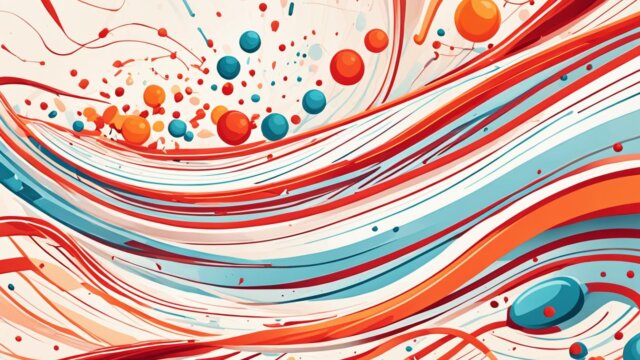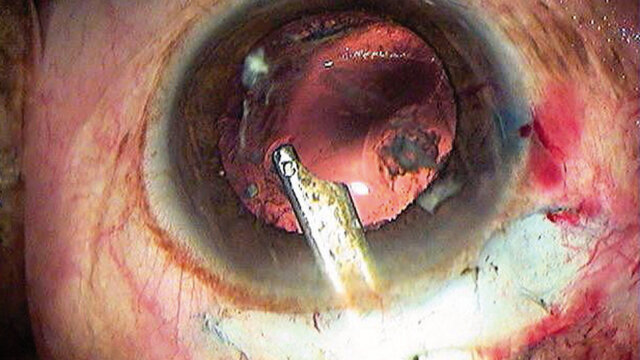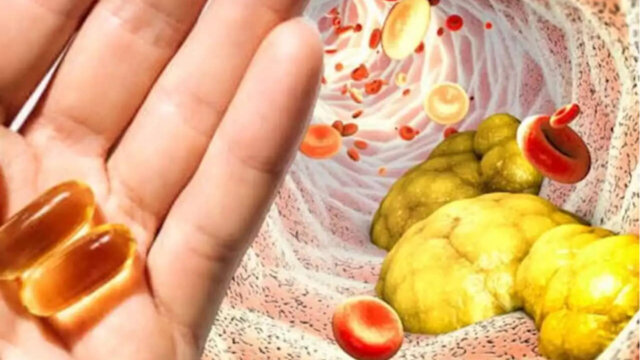FTC disclaimer: This post may contains affiliate links and we will be compensated if you click on a link and make a purchase.
In the United States, every year, 800,000 people have a stroke. This is a serious event when blood flow to the brain stops. Strokes can cause brain damage, disability, and even death. But, if you act fast and get medical help, you can lessen the stroke’s effects.
This article will cover the different types of strokes, their signs, causes, and risk factors. We’ll also talk about new ways to diagnose, treat, and prevent strokes.
Key Takeaways
- Strokes are a leading cause of serious long-term disability and death in the United States.
- Ischemic strokes, caused by blocked arteries, account for 85% of all strokes.
- Risk factors for strokes include age, race, family history, and lifestyle and medical conditions.
- Quick emergency care is key to reducing brain damage and death from strokes.
- New treatments like thrombolytic drugs and mechanical thrombectomy can help if given on time.
What is a Stroke?
A stroke, also known as a cerebrovascular accident, happens when blood flow to the brain stops. This can be due to a blood clot or a broken blood vessel. Without enough oxygen and nutrients, brain cells start to die quickly. Strokes can cause serious problems like paralysis, trouble speaking, and thinking issues, based on where and how bad the brain injury is.
Definition and Overview
Strokes are a big deal and need quick action to lessen damage and help recovery. Knowing what a stroke is helps people spot the signs, get help fast, and prevent it. This condition can be very dangerous.
“Strokes can have severe and long-lasting consequences, including paralysis, speech and language difficulties, and cognitive impairment.”
About 87% of strokes are ischemic strokes. These are the most common type. Hemorrhagic strokes are less common but can be more deadly because of the pressure from leaked blood. Transient Ischemic Attacks (TIAs) are short, temporary blockages of blood flow to the brain, usually lasting up to 5 minutes.
Knowing about strokes helps people spot the signs, get help fast, and prevent this serious condition.
Types of Stroke
Strokes come in three main types: ischemic, hemorrhagic, and transient ischemic attack (TIA). Knowing the differences helps spot symptoms early and get the right medical help.
Ischemic Stroke
Ischemic strokes happen in about 87% of all strokes. They occur when a blood clot blocks an artery to the brain. These strokes can be thrombotic or embolic.
Thrombotic strokes often affect older people with high cholesterol or diabetes. About 15% of embolic strokes happen in people with atrial fibrillation.
Hemorrhagic Stroke
Hemorrhagic strokes make up about 13% of all strokes. They happen when a blood vessel in the brain bursts, causing bleeding. There are two main types: subarachnoid and intracerebral hemorrhages.
Transient Ischemic Attack (TIA)
A TIA, or mini-stroke, is a short blockage of blood to the brain that goes away on its own. It’s serious and can mean a higher risk of a bigger stroke later.
“Knowing the types of strokes and their causes helps spot symptoms early. This can lead to quicker medical help, which can greatly improve outcomes.”
It’s key to know the stroke type for the right treatment. Doctors use tests like scans and blood work to figure out the stroke type and plan treatment.
Symptoms of Stroke
Strokes can happen suddenly and their signs can be different. It’s key to know the stroke symptoms and get help fast. This can really help and might stop brain damage. Some common sudden onset symptoms of a stroke are:
- Paralysis or numbness in the face, arm, or leg, especially on one side of the body
- Difficulty speaking or understanding speech
- Sudden vision problems in one or both eyes
- Sudden loss of balance or coordination
- Severe, unexplained headache
The acronym FAST helps remember stroke signs:
- Face drooping
- Arm weakness
- Speech difficulty
- Time to call 911
Seeing these stroke symptoms and getting help fast is key. The right treatments work best if the stroke is caught within 3 hours. Quick action can really help with survival and getting better.
“The importance of acting F.A.S.T. when identifying stroke: Face drooping, Arm weakness, Speech difficulty, Time to call emergency services.”
Causes and Risk Factors
Stroke can happen for many reasons, like blockages or ruptures in blood vessels. Knowing what causes stroke helps us prevent it. This is key to avoiding a serious condition.
Causes of Ischemic Stroke
Ischemic strokes are the most common type. They happen when blood clots block blood flow to the brain. Or, when plaque builds up in brain arteries.
Causes of Hemorrhagic Stroke
Hemorrhagic strokes come from blood vessel problems in the brain. High blood pressure can make these vessels weak. Aneurysms or AVMs can also cause these strokes.
Risk Factors for Stroke
Many things can make a stroke more likely. High blood pressure, high cholesterol, and diabetes are some. Smoking, drinking too much alcohol, and not moving enough are others.
Being older, having a family history, or being African American also increases risk. Heart issues like atrial fibrillation add to the danger.
By changing our lifestyle and getting medical help, we can lower our stroke risk.
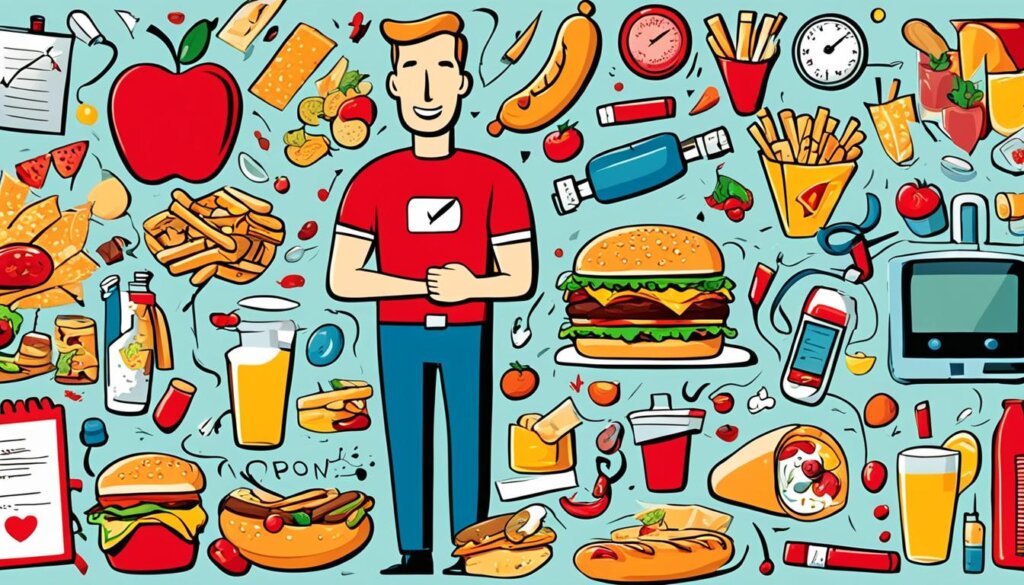
Diagnosis of Stroke
When someone might be having a stroke, doctors do many tests to check if it’s true and what kind of stroke it is. They use a physical check-up, imaging tests, and blood tests.
Physical Examination
The first thing is a detailed physical check-up. Doctors look at the patient’s symptoms, past health, and risks. They check how the brain and nerves are working, like reflexes and senses.
Imaging Tests
Imaging tests help a lot in figuring out if someone has had a stroke. A CT or MRI scan of the brain shows if there’s a stroke and where it is. Carotid ultrasound checks for blockages in the neck arteries that feed the brain. Angiography shows the blood vessels in the brain.
Blood Tests
Blood tests look for things that might have caused the stroke, like blood clotting problems or infections. A swallow test is also done to see if the patient can swallow well after the stroke.
Diagnostic Test | Purpose |
|---|---|
CT Scan or MRI | Detect the presence and location of a stroke |
Carotid Ultrasound | Check for blockages in the carotid arteries |
Angiography | Visualize the blood vessels in the brain |
Blood Tests | Check for underlying conditions that may have contributed to the stroke |
Swallow Test | Assess the patient’s ability to swallow |
By looking at all these test results, doctors can say for sure if someone has had a stroke. They can then plan the best treatment.
Treatment for Ischemic Stroke
About 87% of strokes are ischemic strokes. They happen when fatty deposits cause blockages in the brain’s blood vessels. It’s vital to get blood flow back quickly to the brain. This helps lessen damage and improve recovery chances.
The main ways to treat this include using clot-busting drugs, doing endovascular procedures, and managing medications.
Thrombolytic Therapy
Using clot-busting drugs like tPA through an IV can help. This should be done within 4.5 hours after symptoms start. The FDA has approved this treatment to dissolve clots and restore blood flow.
Endovascular Procedures
For some patients, a procedure called mechanical thrombectomy can remove the clot. It uses a small catheter. This works best if done right after the stroke. Sometimes, it can be done up to 24 hours later if the brain is still salvageable.
Medication Management
Doctors often give patients drugs like aspirin and clopidogrel to prevent more clots and reduce stroke risk. Other drugs, like warfarin and direct-acting oral anticoagulants, help lower stroke risk, especially for those with atrial fibrillation. Managing blood pressure and cholesterol is also part of treatment.
Quick and tailored hospital care is key for stroke patients. It includes monitoring, finding the cause, preventing more strokes, starting recovery plans, and follow-up care. There are also other resources for treating and managing ischemic stroke.

“Rapid treatment is key to minimizing brain damage and improving outcomes for patients with ischemic stroke. The combination of thrombolytic therapy, endovascular procedures, and targeted medication management can make a significant difference in a patient’s recovery.”
Treatment for Hemorrhagic Stroke
Treating hemorrhagic strokes is very important. The main goals are to stop the bleeding and lower brain pressure. Hemorrhagic strokes are hard to treat. The first step is to stop the bleeding by making the blood clot more and lowering blood pressure.
Blood Pressure Management
Managing blood pressure is key in treating hemorrhagic strokes. Doctors use medicines to lower blood pressure and stop more bleeding. This helps the blood to clot better. Keeping blood pressure right stops more bleeding and helps the clot form.
Surgical Interventions
Surgery might be needed for hemorrhagic strokes, based on where in the brain it happened and how bad it is. Surgery options include:
- Craniotomy to remove blood and ease brain pressure
- Surgical clipping or coiling of brain aneurysms to stop bleeding
- Surgical fixes for arteriovenous malformations (AVMs)
These surgeries aim to fix the stroke’s cause and stop more problems. Sometimes, emergency surgery is needed if too much blood builds up and presses on the brain.
“Different treatments might be needed based on the specific case and circumstances of the individual undergoing treatment for hemorrhagic stroke.”
In short, treating hemorrhagic strokes involves managing blood pressure and surgery to stop bleeding and ease brain pressure. Rehabilitation is also key for recovery.
Rehabilitation and Recovery
Getting better after a stroke is hard and needs a team of healthcare experts. The team includes doctors, nurses, and therapists. They work together to help patients get back to full health and happiness.
Physical Therapy
Physical therapy is key in stroke rehab. It helps with strength, coordination, and moving around. Exercises help patients walk better and avoid falling.
Speech Therapy
Speech therapy helps patients talk, communicate, and swallow again. It tackles problems like aphasia and speech issues.
Occupational Therapy
Occupational therapy helps patients do daily tasks again. It makes homes safer and more helpful.
Rehab success comes from working together. Patients, families, and healthcare teams set goals based on the stroke type and the patient’s needs. Rehab can happen in hospitals, long-term care, or outpatient centers.
Choosing a rehab place matters. Look at insurance, location, staff skills, and more.
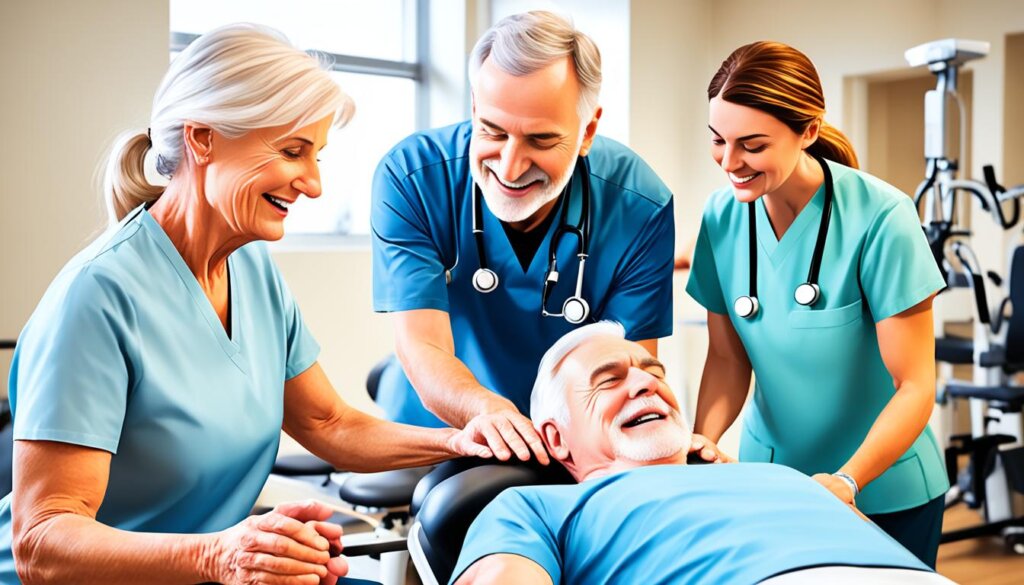
“Stroke rehab is recommended for all persons affected by stroke, as those who participate in stroke rehabilitation recover better.”
Complications of Stroke
Stroke can cause many problems, based on how much the brain is damaged. These include seizures, losing control of the bladder and bowel, and trouble with speech and communication. Survivors might also have memory issues, mood swings, and skin problems.
Hemorrhagic strokes lead to bleeding in the brain. This can cause blood clots, swelling, seizures, and memory loss. Ischemic strokes block blood flow and can cause blood clots and infections. Transient Ischemic Attacks can also lead to these issues.
Brain stem strokes affect the lower brain and cause swallowing and breathing problems. They can also lead to coma and a rare condition called locked-in syndrome. Brain swelling after a stroke can cause headaches and difficulty speaking.
Stroke can lead to pneumonia, which causes cough and fever. It can also cause swallowing and urinary tract infections. These infections can make you feel very sick.
Other stroke complications include seizures, depression, and bedsores. These need special treatment like physical therapy and counseling.
Complication | Symptoms | Treatments |
|---|---|---|
Seizures | Convulsions, twitching, altered awareness, feelings, and sensations | Medication |
Cognitive Impairment | Memory problems, dementia | Cognitive therapy, medication |
Mood Changes | Depression, agitation | Counseling, talk therapy, medication |
Swallowing Difficulties | Coughing, choking, difficulty swallowing, regurgitation, chewing problems, shortness of breath | Swallowing therapy, respiratory therapy, breathing exercises |
Urinary Tract Infections | Cloudy urine, pain during urination, lower abdominal pain, fever | Antibiotics, bladder training programs |
Bedsores | Skin issues due to immobility | Pressure relief, wound care |
Limb Contractures | Muscle shortening, reduced movement in limbs, pain | Physical therapy, range-of-motion exercises |
Shoulder Pain | Arm weakness, lack of support | Exercises, supportive devices like slings |
Deep Venous Thrombosis | Swelling, pain, warmth, redness in the affected leg | Anticoagulants, physical therapy |
Quick action and proper care are key for stroke survivors. They may need physical, occupational, and speech therapies. With the right treatment, many can improve their lives.
Prevention of Stroke
Stroke is mostly preventable. You can lower your risk with lifestyle changes and medical care. This helps protect your health and well-being.
Lifestyle Modifications
Healthy lifestyle choices are key to preventing stroke. Quit smoking and drink less alcohol. Eat foods low in bad fats, salt, and sugar.
Also, exercise regularly. Aim for 150 minutes of moderate activity each week. This keeps you at a healthy weight and lowers your cholesterol.
Medical Management
Managing health conditions like high blood pressure and diabetes is vital. Take your medicines as told, check your levels often, and change your lifestyle to control these risks.
Get quick treatment for heart issues like atrial fibrillation. These can raise your stroke risk.
Working on your health and teaming up with your doctors can lower your stroke risk. Small steps can make a big difference in preventing stroke.
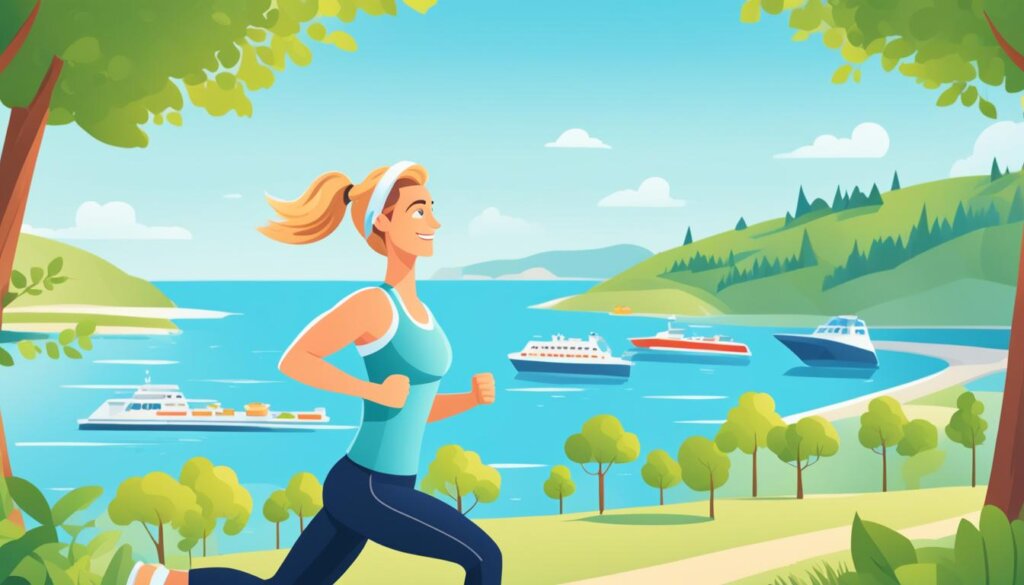
The Surgeon General suggests focusing on heart health with regular check-ups and lifestyle changes. Taking charge of your health and making smart choices can prevent stroke. This protects your future.
Stroke and Stroke Awareness
Raising awareness about stroke is key to better outcomes and lessening its impact. The “F.A.S.T.” campaign teaches people to spot stroke signs (Face drooping, Arm weakness, Speech difficulty, Time to call 911) and act fast.
World Stroke Day, on October 29th every year helps spread the word on stroke prevention, treatment, and recovery. Educational efforts and outreach teach people about stroke risks, symptoms, and the need for quick medical help.
The American Heart Association is celebrating 100 years and hopes for donations from 100 donors giving $100 or more weekly. A stroke survivor now walks without a wheelchair, showing the chance for recovery. A new tool also helps figure out who needs blood pressure medicine.
Stars like Susan Lucci, Jennie Garth, Paul George, and Bobby Wagner share their stroke stories in the F.A.S.T. campaign. A song by Dee-1 and Tha Hip Hop Doc Rani Whitfield, M.D., teaches stroke warning signs.
Stroke is the fifth top cause of death in the U.S. and second worldwide. Most strokes are caused by blood clots, while some are from bleeding in the brain. Black Americans face the highest stroke rates, often due to high blood pressure.
Stroke can be prevented, and up to 80% of cases could be avoided with healthy living. Yet, stroke rates have risen in recent years, showing we must keep fighting to prevent it.
Conclusion
Stroke is a serious condition that needs quick action. Knowing about stroke types, causes, and how to treat them is key. This knowledge helps save lives and lessen the stroke’s effects.
Even though strokes are serious, there is hope. New research has given us ways to prevent and treat strokes. By learning about stroke and acting early, you can lower your stroke risk. This can also help you recover better if you do have a stroke.
Time is very important with stroke. Spotting the signs early and getting help fast can save lives. Keep learning about strokes and spread the word to help others.
FAQ
What is a stroke?
A stroke is when the brain doesn’t get enough blood. This happens when a blood clot or a broken blood vessel blocks the flow. Without enough oxygen and nutrients, brain cells start to die quickly.
What are the main types of stroke?
There are three main types of stroke:
1. Ischemic Stroke: This is when a blood clot blocks an artery to the brain.
2. Hemorrhagic Stroke: This is when a blood vessel in the brain bursts, causing bleeding.
3. Transient Ischemic Attack (TIA): This is a short-term blockage of blood flow to the brain that goes away on its own.
What are the symptoms of a stroke?
Stroke symptoms come on suddenly and can include:
– Paralysis or numbness on one side of the body
– Trouble speaking or understanding speech
– Vision problems in one or both eyes
– Loss of balance or coordination
– A severe headache
What are the main causes and risk factors for stroke?
Stroke can be caused by:
– Blood clots blocking the brain’s arteries
– High blood pressure causing blood vessels to burst
– Other conditions like brain aneurysms or AVMs
Risk factors include:
– High blood pressure
– High cholesterol
– Diabetes
– Smoking
– Drinking too much alcohol
– Being inactive
– Being older
– Having a family history
– Being African American
How are strokes diagnosed?
Doctors use tests to check for a stroke. These include:
– A physical check-up
– Imaging tests like CT scans or MRIs
– Blood tests to look for other conditions
How are ischemic strokes treated?
Treating ischemic strokes aims to get blood back to the brain fast. Ways to do this include:
– Using clot-busting drugs
– Endovascular procedures to open blocked arteries
– Medicines to prevent more clots
How are hemorrhagic strokes treated?
Treating hemorrhagic strokes focuses on stopping the bleeding and reducing pressure in the brain. This can involve:
– Lowering blood pressure with medicine
– Surgery to remove blood or fix blood vessels
What is the rehabilitation process after a stroke?
Rehabilitation aims to help patients recover. It includes:
– Physical therapy to improve movement
– Speech therapy to help with communication
– Occupational therapy to learn daily tasks again
What are some common complications of stroke?
Stroke can lead to complications like:
– Seizures
– Problems with bladder and bowel control
– Speech and swallowing issues
– Cognitive and emotional changes
– Shoulder pain
– Pressure sores
How can stroke be prevented?
Preventing stroke means making healthy choices. This includes:
– Quitting smoking
– Eating well and keeping a healthy weight
– Being active
– Managing conditions like high blood pressure and diabetes
Why is stroke awareness important?
Knowing about stroke helps save lives. It supports efforts like the “F.A.S.T.” campaign and World Stroke Day. These programs teach people about stroke risks, symptoms, and the need for quick medical help.

